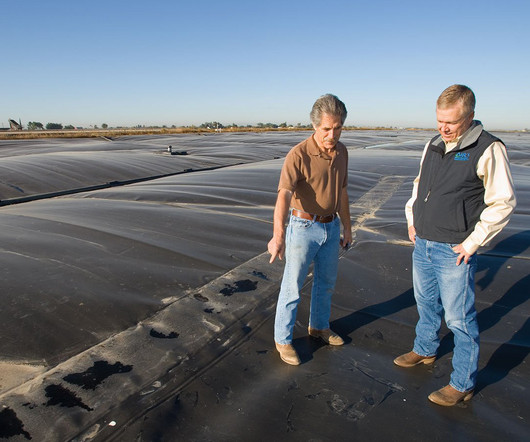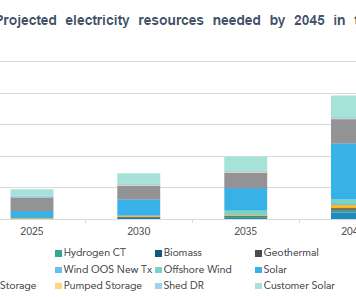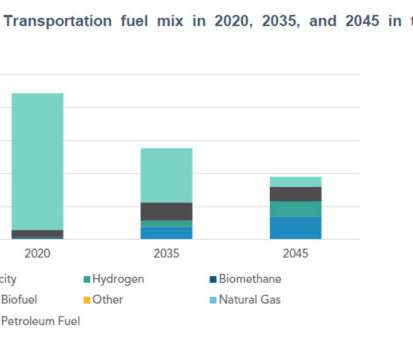Climate Choices Part I — N.C. and the Regional Greenhouse Gas Initiative
Smith Enviorment
JANUARY 4, 2023
By coincidence rather than design, two different approaches to reducing greenhouse gas emissions from the electric power sector have been under discussion by North Carolina agencies since 2021. A later post will cover the North Carolina Utilities Commission (NCUC) Carbon Reduction Plan. January 4, 2023. The proposed N.C.
















Let's personalize your content